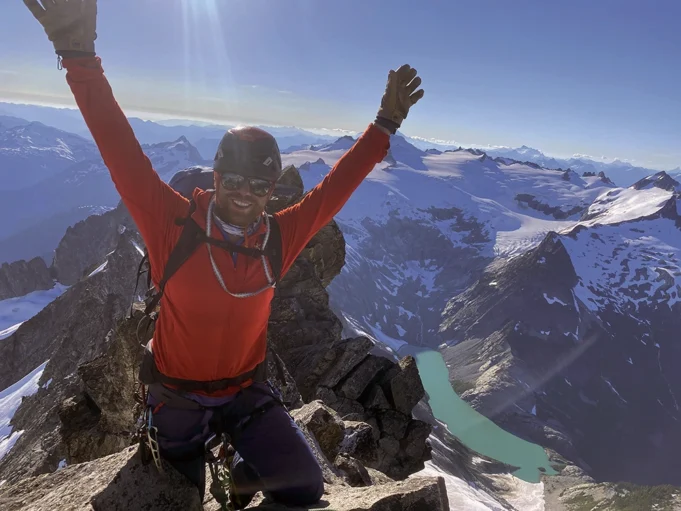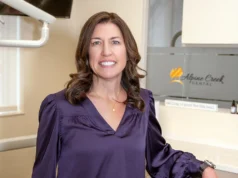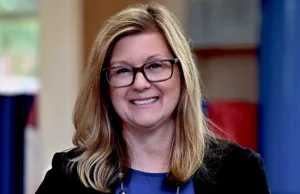By Anna Hughes
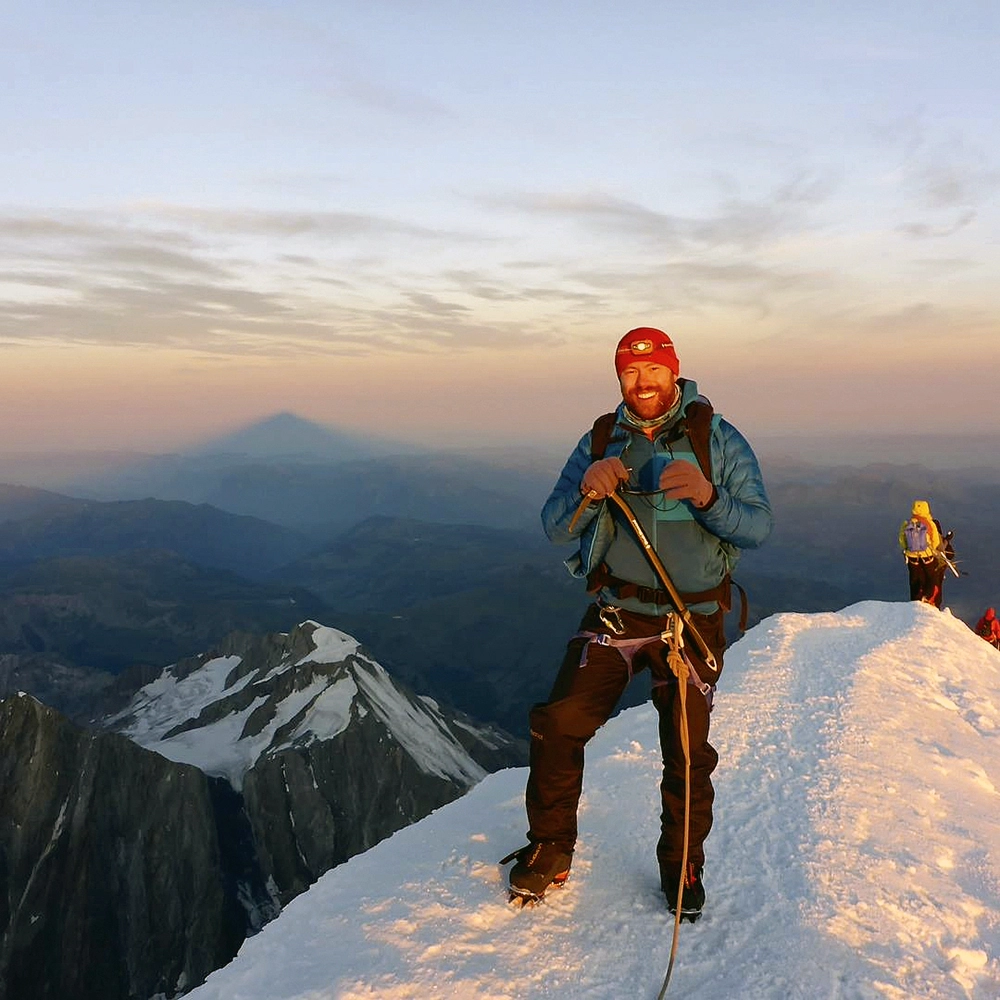
summit of Mt. Blanc
Photo by Hannah Burrows-Smith
Meet Alex Pancoe: husband, father, philanthropist, and adventurer. Pancoe, a Highland Park native, is not one to shy away from a challenge. He’s scaled all seven summits, faced near-death experiences, braved inhumane temperatures, and more, all while raising money and awareness for Lurie Children’s Hospital, where he was treated at only 18 years old for a brain tumor.
The Northwestern University alum now lives in Lake Forest with his wife, Nina, his 18-month-old son Zephyr, and their four dogs. He spoke at Arc’teryx in Oakbrook Center in January, sharing his story. Now, in an exclusive Oak Brook Magazine Q&A, he recounts his astonishing resume and shares his toughest challenge yet.
Elmhurst Magazine: Firstly, can you tell us a little bit about your brain tumor diagnosis?
Alex Pancoe: I was diagnosed at 18 years old, before my sophomore year at Northwestern. It was a huge shock and totally unexpected. I was treated at what was then Children’s Memorial by Dr. Tadanori Tomita – a legend in the field!
EM: What was the medical process after you found out you had the tumor? How long was recovery?
AP: I didn’t understand cancer much at that point, so when it was surgically removed, I didn’t realize the significance of the biopsy results – benign or malignant. Luckily it was benign, and I was back to normal within a few weeks.
EM: What made you decide to climb Mount Kilimanjaro? What was that experience like, and how did it feel standing at the summit?
AP: My whole life, I had operated under the assumption that success was primarily career-driven. I was at a point in my life where I felt very unfulfilled and wanted to push myself and try something totally new. Kilimanjaro is the easiest of the seven summits, but I had never pushed myself physically in my life, and I doubted I would succeed. When I stood on the summit, achieving something I had thought I could never do was a life-changing experience, and “impossible” isn’t part of my vocabulary now.
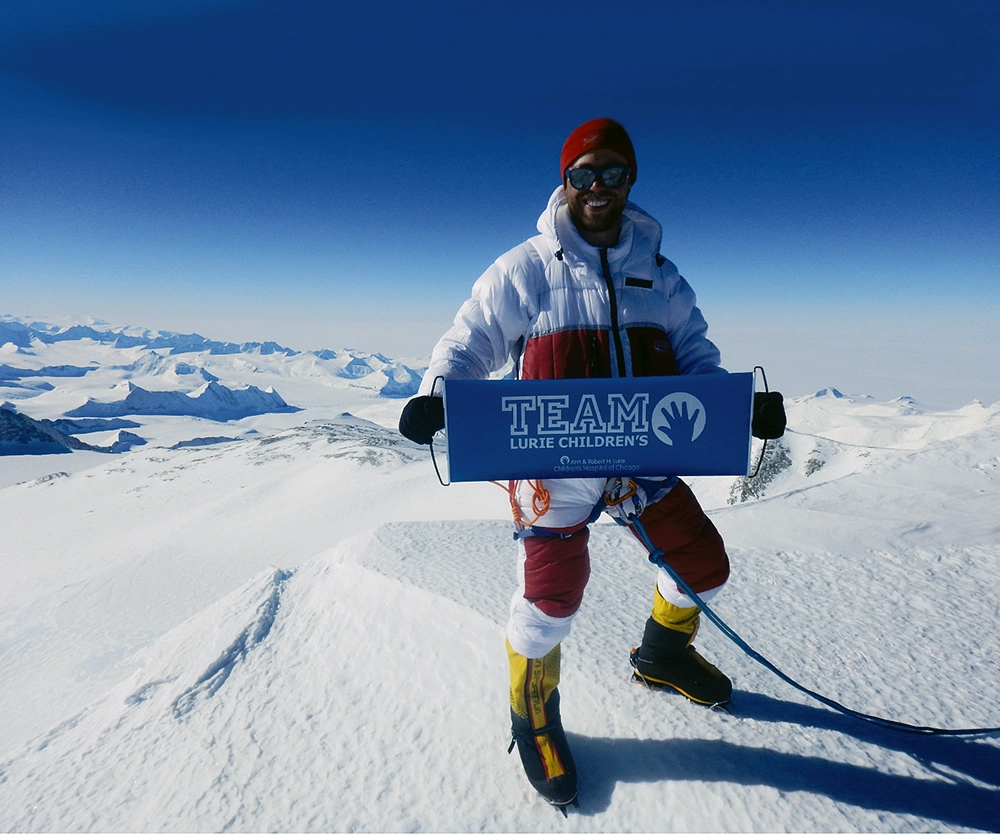
Vinson Antarctica
Photo by Steve Moffat
EM: What made you decide to complete “The Explorers Grand Slam?” This is an unbelievable physical feat!
AP: After Kilimanjaro, I wanted to see how much further I could go, so I set my aim for Aconcagua, the highest mountain in South America. It’s more hiking than climbing, like Kilimanjaro – but 3000 feet taller! (22841 feet). When I succeeded, I knew I wanted to climb Mt. Everest and the seven summits. Skiing to the North and South Poles to complete the Grand Slam was something that captured my interest as I continued my journey.
AP: What is the training process like to prepare your body for these dangerous expeditions?
EM: I am too familiar with high-rise stairwells and stair machines! Physically, I train 10-20 hours a week, increasing the load as I get closer to a climb or expedition. But no amount of time in a gym is a substitute for the real world and building climbing techniques and skills. I try to climb as often as I can, from Alaska to the Cascades, keeping fresh.
EM: What do you consider to be the hardest thing your body has ever encountered?
AP: I had a near-death experience on Snowmass mountain, a Colorado 14er, and nearly lost my life and leg. I was evacuated off the mountain in a Black Hawk Helicopter by the National Guard. Currently, however, it’s leukemia. I was diagnosed this past year, and that’s the current mountain I am climbing.
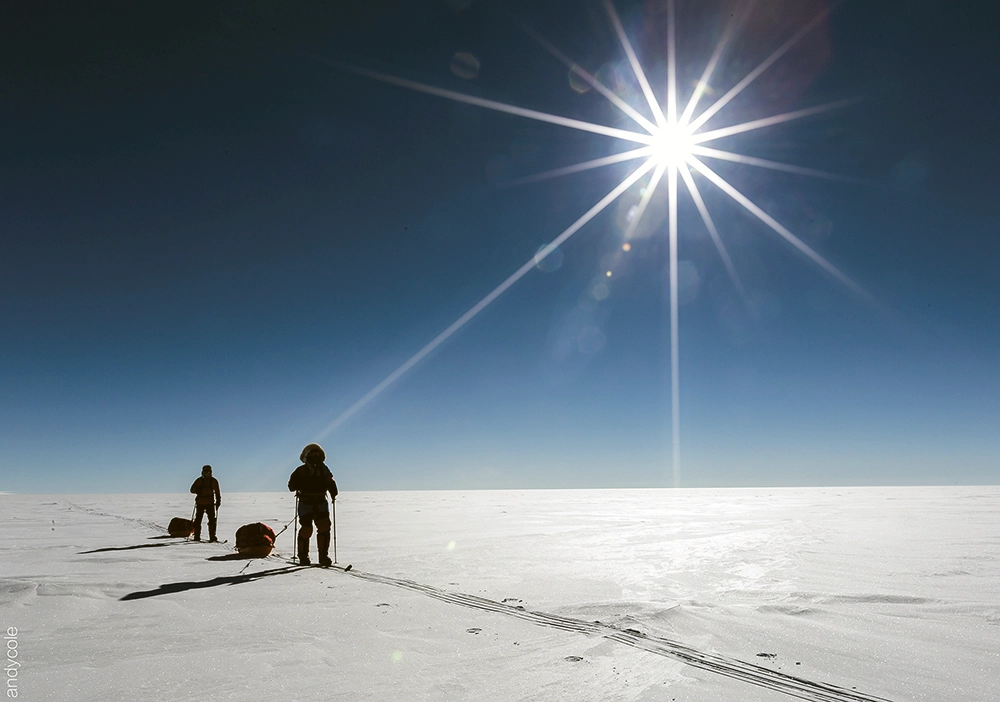
the South Pole
Photo by Andy Cole
EM: With all these adventures, you raise awareness for Lurie Children’s Hospital. Why is it so important to you to bring awareness to individual patients and the medical team there?
AP: Only 4% of cancer funding goes toward pediatric research. As a recent father, I can’t imagine anything harder than what some of these kids and their families are going through. Lurie’s brings hope both through its clinical results, as well as holistically for the kids and their families.
EM: If someone was going to take one piece of advice away from your inspiring journey, what would you want it to be?
AP: It might be cliché, but you don’t know if you don’t try. Those impossible dreams might not be impossible. 10 years ago, I would have laughed if you told me I would stand on top of Mt. Everest. My journey was truly something I never entertained as possible.
To support Pancoe’s mission and goal of raising $1 million for Lurie Children’s Hospital, visit
peaksofmind.org. ■
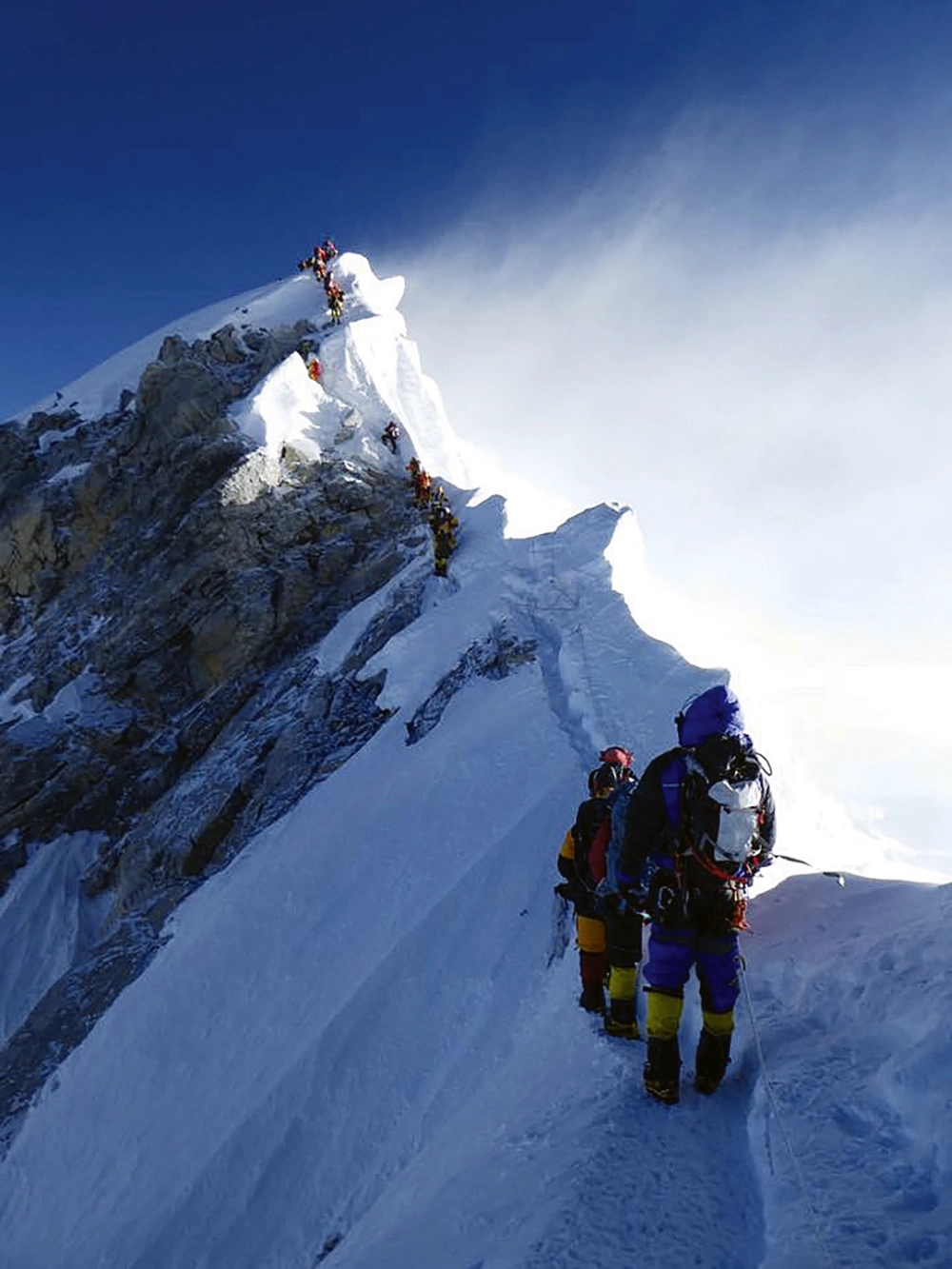
Hillary Step (or
what remains post
2015 Earthquake) on the
Summit Ridge of Mt. Everest.
Photo by Rob Smith


